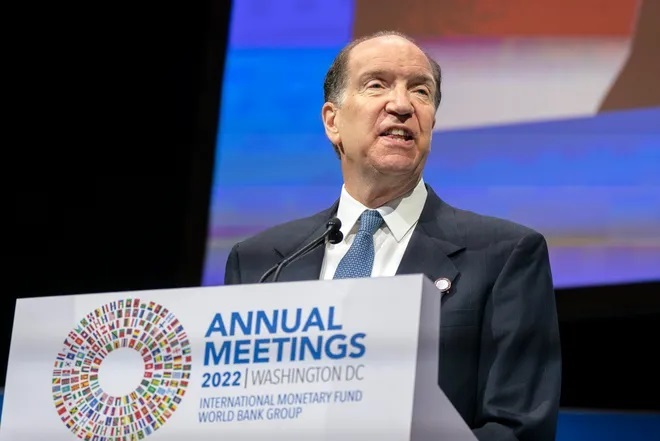On Dec. 4, The New York Times in an article “Worsening Debt in Poor Nations Threatens Crisis” highlighted the catastrophic debt crisis of developing nations. The Times pointed out that “rapid inflation, slowing growth, rising interest rates and strengthening dollar have coalesced into a perfect storm that could set off a wave of messy defaults and inflict economic pain on the world’s most vulnerable people … . The World Bank has projected that about a dozen countries could face default in 2023, and the IMF has calculated that 60 percent of low-income developing countries were in debt distress or at high risk of it.”
Already 100 million people have been pushed into poverty by the combined effects of the pandemic, inflation and Russia’s war in Ukraine. Defaulting on loans would send borrowing costs for vulnerable nations even higher.
Because the Federal Reserve has rapidly increased the United States interest rates, it has bolstered the strength of the dollar, making it more expensive for developing countries to import the necessities for populations already struggling with rising prices.
Brad Setser, a senior fellow at the Council on Foreign Relations, estimated that $200 billion of sovereign debt in emerging markets needs to be restructured. “It is certainly a systematic problem for countries that are affected. Because an unusually large number of countries borrowed from the market and borrowed from China between 2012 and 2020, there are an unusually large number of countries that are in default or at risk of default.”
Rising cost of borrowing could trigger defaults
On June 30, the Credit Rating Agency Fitch raised concerns about the rise in global borrowing costs and the potential of new defaults. Fitch said that the Ukraine-Russia war was stoking problems such as higher inflation, trade disruptions and weaker economies, which are all now hurting sovereign credit conditions. “Most exposed are emerging market sovereigns, but some highly indebted developed markets are at risk as well, including in the euro zone.”
James McCormack, Fitch’s Global Head of Sovereigns, said, “The list of countries either in default or whose financial market bond yields suggest they will be currently stands at 17.”
On Sept. 28, World Bank President David Malpass warned of the immediate challenges confronting the developing world. Reuters reported his warning “that it could take years for global energy production to diversify away from Russia after its invasion of Ukraine, prolonging the risk of stagflation, or a period of low growth and high inflation.” He cited a distressing mix of factors ranging from higher food and energy prices to rising interest rates, inflation, currency depreciation and capital outflows. Malpass said, “A tough reality confronts the global economy — and especially the developing world.”
Rising risk of global recession
In an interview at the summit for the Group of 20 nations in Bali, Indonesia, Malpass said, “This burden on the developing countries is heavy, and if it goes on, they continue to get worse, which then has impacts on advanced economies in terms of increased migration flows and lost markets. … Finding ways to reduce the debt is important for these countries to get to the light at the end of the tunnel.” Malpass advocated “new macro- and microeconomic approaches, including better targeted spending and clearly messaged efforts to increase supplies.”
On Oct. 10, the heads of the International Monetary Fund and World Bank warned of a rising risk of global recession as advanced economies slow and faster inflation forces the Federal Reserve to keep raising interest rates, adding to the debt pressures on developing nations. Pierre-Olivier Gourinchas, the IMF’s chief economist, said, “The three largest economies, the United States, China, and the euro area, will continue to stall. In short, the worst is yet to come, and for many people, 2023 will feel like a recession.”
Originally published in the Sarasota Herald-Tribune




